330 East 38th Street comps
Hi Rachel – here are some comps in advance of our meeting with your husband. The listing agent for 10E confirmed the actual contract price was $1.62mm and that it just closed. 10E has nice hardwood floors and updated bathrooms, though the kitchen seems just okay. 12D’s actual contract price is yet to be confirmed, but this one is a very nicely renovated sponsor sale. 10N is our direct competition, it’s 3bed/3bath and it’s a nicely renovated sponsor sale (though not as nice as 12D). I recommend that we list in the low 1400’s PPSF to be competitive. We will have to make a strong case against the 10E closing that your renovations are much much nicer!
Date Unit Price Size PPSF
Active listing 10N 2,400,000 1,699 1,413 3bed/3ba, hardwood floors, ok bath & kitchen renovations, sponsor sale
TBD closing 12D 2,060,000 1,372 1,501 2bed/2ba, Actual contract price unconfirmed, renovated sponsor sale
Just closed 10E 1,620,000 1,171 1,383 Contract price confirmed, just closed, hardwood floors, updated bath, ok kitchen
2/7/2017 24A 1,370,000 1,009 1,358 1bed/1.5ba, high floor w views
2/8/2017 38D 2,310,000 1,372 1,684 2bed/2ba, v high floor, renovated sponsor sale
1/23/2017 16B 1,150,000 971 1,184 1bed/2ba, parquet floors, less modern
1/19/2017 10F 910,000 774 1,176 1bed/1ba, parquet floors, less modern
12/20/2016 11K 1,625,000 1,134 1,433 2bed/2ba, renovated sponsor sale





